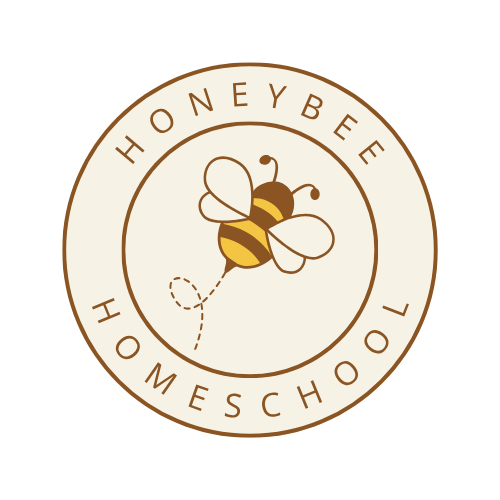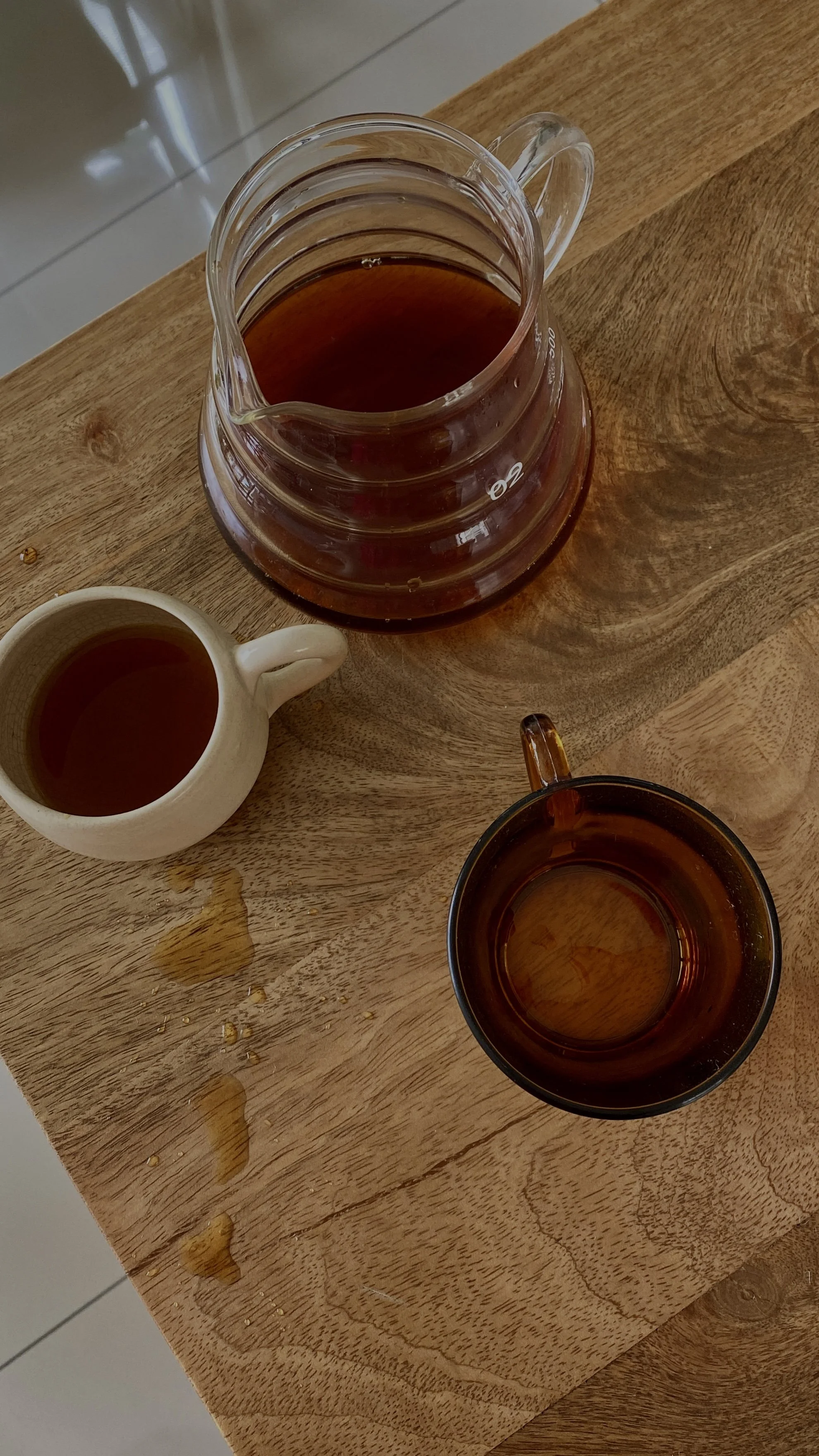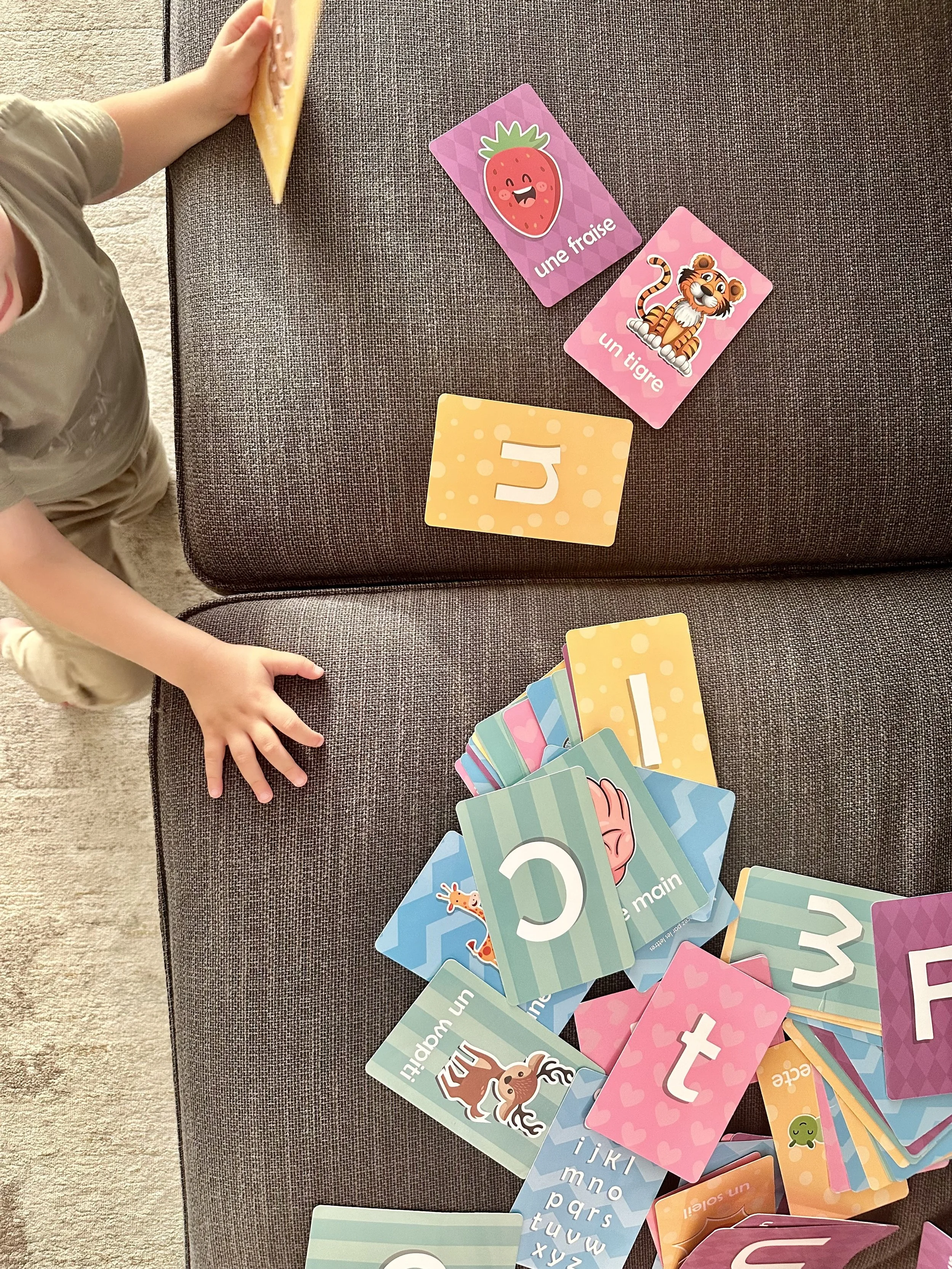Our Favorite FREE Sources for Montessori Preschool Curriculum
If you’ve ever fallen down a rabbit hole searching for a free Montessori preschool curriculum, you’ve probably realized something pretty quickly: there are a lot of resources out there—but not all of them are equal.
Some require pricey materials, others assume you have hours to prep, and many feel overwhelming for parents who just want to bring the Montessori philosophy home in a simple, sustainable way.
So, in an effort to cut through the noise, this post was born. Whether you’re a homeschooling parent, a preschool teacher, or just Montessori-curious, this guide will walk you through what a true Montessori preschool curriculum looks like, how to adapt it for home use, and where to find high-quality free downloads to get started.
What Is the Montessori Method of Teaching?
At its heart, Montessori education is about helping children learn through hands-on experiences, self-directed learning, and a prepared environment.
Developed by Dr. Maria Montessori in the early 1900s, the Montessori method of teaching encourages young children to move at their own pace, developing practical life skills and critical thinking through purposeful play.
Unlike traditional classrooms, Montessori classrooms are calm, organized spaces where everything has a purpose and a place. Materials are displayed neatly on low shelves, inviting independent exploration. Teachers—called Montessori educators—serve as gentle guides rather than lecturers, encouraging curiosity instead of control.
This child-centered approach helps kids build fine motor skills, social skills, and a sense of order—all while learning to trust themselves in the process.
What Does a Montessori Preschool Curriculum Include?
A quality Montessori preschool curriculum covers much more than just letters and numbers. It nurtures the whole child—mind, body, and heart.
Here’s a breakdown of common Montessori scope areas you’ll find in early childhood classrooms, so then you can recreate it at home:
Related Reads:
1. Practical Life Activities
These are the everyday tasks that help little ones develop practical life skills—think pouring, sweeping, buttoning, and food prep.
These exercises might look simple, but they build hand-eye coordination, problem-solving skills, and concentration—all foundational for academic learning later on. Plus, when kids get to do “real life” things, it gives them a sense of pride and responsibility.
Examples:
Transferring dry beans with a spoon
Washing a table with soapy water
Watering plants or polishing silver
Folding laundry or setting a snack table
2. Sensorial Materials and Exploration
Sensorial activities refine the senses through tactile experiences and visual arts. They help children distinguish shapes, textures, colors, weights, and sounds, preparing their minds for abstract mathematical concepts later on.
Examples:
Color tablets and sound cylinders
Knobbed cylinders for size discrimination
Sandpaper letters for letter sounds
Sorting shells, stones, or fabric textures
3. Language Arts
Language development in Montessori begins with phonetic awareness and builds toward writing and reading. Children trace sandpaper letters, listen to short stories, match objects to sounds, and eventually move on to close reading in later years.
Examples:
Object-to-letter matching
Movable alphabet spelling
Reading labels around the Montessori environment
4. Math and Science
Math in Montessori is concrete before it’s abstract. Children use hands-on materials like number rods, spindle boxes, and bead chains to visualize complex tasks and mathematical relationships.
Science lessons often fall under cultural studies, including general science, marine science, physical science, and botany—all explored through sensorial exploration.
Examples:
Bead chains to learn skip counting
Sorting animals by habitat (e.g., native Americans’ wildlife)
Growing plants or observing a butterfly cycle
5. Cultural Studies and Social Studies
The Montessori way introduces geography, history, and different cultures through hands-on materials and storytelling. These lessons build empathy, global awareness, and appreciation for diversity.
Examples:
World puzzle maps
Flag cards and landform trays
Learning about Native Americans, marine science, and other cultural themes
Read More: How To Build Your Own Homeschooling Unit Study
6. Art, Music, and Movement
Creative expression is vital for developing fine motor skills and emotional regulation. Montessori encourages art through graphic arts, vocal music, and movement-based activities that foster joy and self-guided learning.
Examples:
Drawing from nature
Simple rhythm instruments
Circle time with name games
Where to Find a Free Montessori Preschool Curriculum
If you’re ready to start, the good news is that there are excellent free Montessori resources available online. Here are a few valuable resources trusted by many homeschoolers and Montessori schools:
1. Montessori Commons
A wonderful resource hub offering free Montessori albums, lesson plans, and printable learning materials across all curriculum areas. Each album aligns with the original Montessori framework, making it perfect for personal use at home or in small group settings.
2. Montessori Tube Academy
They offer free downloads of practical life activities and sensorial materials, along with guidance videos from Montessori educators with years of experience.
You’ll also find guidance on setting up a prepared environment for your child and using self-directed learning to promote independence.
3. Montessori Nature
This site provides a mix of free Montessori printables, seasonal activities, and cultural studies materials perfect for young minds. Many are ideal for PreK–K and 1st grade learners, covering everything from social studies to language arts.
Since I currently have little learners at home, this is a site we love visiting! So many of their printables pair perfectly with a nature walk or nature-themed craft.
4. Montessori Print Shop
Known for professional-quality materials (often used by Montessori schools), this site includes a “free resource” section with practical sensorial activities, control charts, and even a Montessori math workbook sampler.
They also have a lot of learning activities for purchase. Sometimes you find paid printables that are really expensive (especially when you think of how many you need over the course of the year), but this site is very reasonably priced!
5. The Montessori Notebook
Run by an experienced Montessori educator, this blog offers simple practical life exercises, parenting tips, and free checklists for setting up your home the Montessori way. It seriously is an amazing resource with book recs, podcast episodes, and more.
You can also join their newsletter for follow-up emails that include new materials, guides, and additional recommendations.
Also— I just love how aesthetically pleasing all of their graphics are. Think beautiful watercolor images!
Tips for Using a Montessori Curriculum at Home
You don’t need to replicate a full classroom—or spend hundreds on materials—to give your child the Montessori experience at home. Here’s how to make it work for your family:
1. Start with a Prepared Environment
Create a small, inviting space where your child can reach everything independently. Use baskets, trays, and low shelves to display learning materials neatly.
Keep it simple: only 6–8 activities out at a time. Rotate them regularly to maintain engagement and support your child’s learning process. (When we started doing a toy rotation, I noticed a huge leap in my children’s imaginative play)
2. Follow Your Child’s Needs and Pace
Every child’s journey is different. The Montessori curriculum encourages children to work at their own pace, mastering specific skills before moving on.
“Observe rather than direct.”
This allows your child to build confidence, curiosity, and resilience—without you turning into a helicopter parent.
3. Incorporate Everyday Tasks
Don’t underestimate the power of everyday tasks. Pouring water, slicing bananas, sweeping, and dressing independently all build fine motor skills and a deep sense of order.
These practical life activities also prepare children for complex tasks later on, like tying their shoes or writing neatly.
It is also so so sweet seeing their little confidence grow.
4. Use Concrete Materials Before Abstract Ones
Montessori learning always begins with the tangible. Before introducing abstract mathematical concepts, let your child manipulate beads, rods, and shapes.
Concrete learning builds a foundation for critical thinking and problem-solving skills that serve them well into middle school and even high school.
5. Balance Structure and Freedom
The Montessori environment thrives on rhythm. Create predictable routines but allow for flexibility and free exploration. This balance fosters creativity, self-control, and joy in learning.
Why Montessori Works (Even Beyond Preschool)
The Montessori philosophy isn’t limited to early childhood—it’s a lifelong approach to learning. The self-guided learning and critical thinking skills children develop early on translate beautifully into vocational education, special education, and even adult education settings.
By the time Montessori students reach middle school, they’ve often mastered problem-solving skills, social awareness, and the confidence to take on complex tasks independently.
In short, Montessori helps children become capable, compassionate humans who love learning for its own sake—and that’s a gift that lasts far beyond the classroom.
Final Thoughts: Bringing the Montessori Way Home (for Free)
You don’t need an expensive program or a fancy coaching session. You just need a little curiosity, a few basic materials, and a willingness to let your child lead the way.
By exploring a free Montessori preschool curriculum, you’ll discover that education doesn’t have to be complicated—it just has to be intentional.
Whether you’re using free downloads, crafting DIY sensorial materials, or creating your own lesson plans, the Montessori method of teaching empowers both you and your child to learn and grow—together, at your own pace. 🌿















